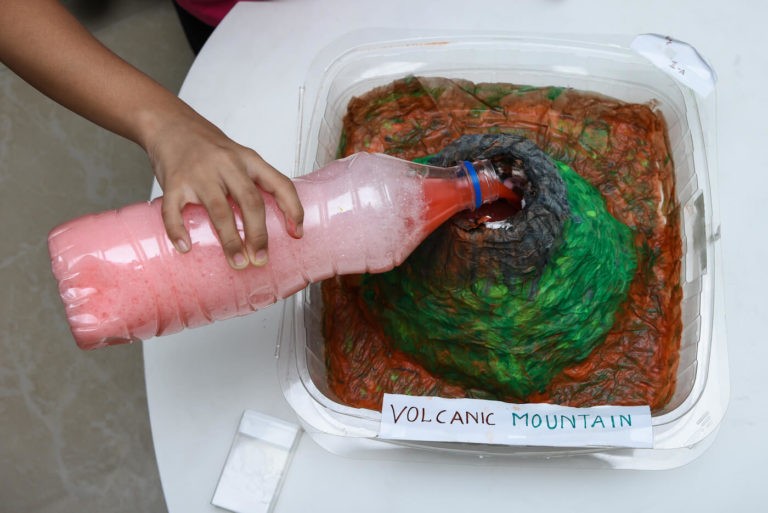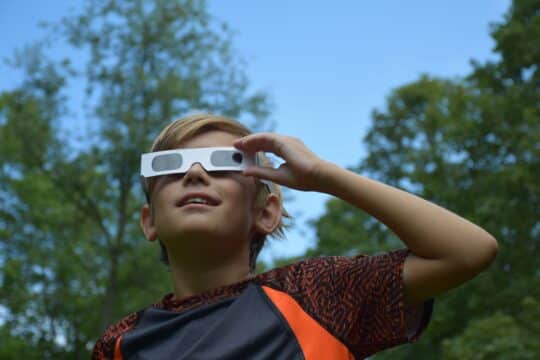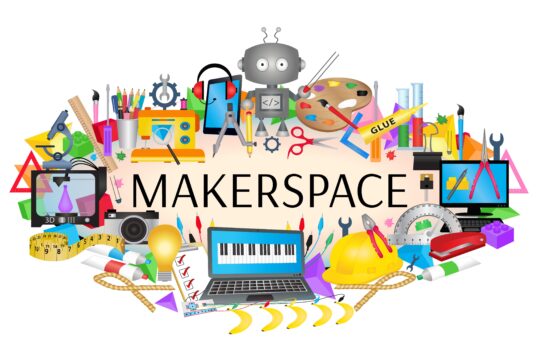Science fairs have been a big event in schools for many years! As the years have passed by, requirements have evolved, as well as projects. It is important to ensure you have all of the major components necessary for a successful project while making it stand out in a crowd!
Important Components of Science Fair Projects
When speaking to your students about science fair projects, it’s important to convey that there are several necessary components and sections to a well-executed project. They are as follows:
There are three major components to a science fair project: the display unit, the exhibit materials, and the written report. Additionally, there are eight primary sections to a science fair project.
First, a purpose statement should be concise and explain your reasoning for completing the project. Second, you must have a hypothesis that is specific. The next two sections, the materials list and the procedure, are important to others who wish to attempt the experiment. The materials should list everything needed to complete the experiment, and the procedure should list all steps needed to complete the experiment in chronological order.
Next, the project log needs to be detailed and record everything using date, time, and a description of what was happening. The summary research report is the research essay (written report) that covers the hypothesis, your experiments, and your results.
The final two components of the science fair project are the results and the conclusion. In the results section, you should explain what happened during your experiment, what you learned, and how it aligned with your hypothesis. In the conclusion, you summarize all of your learning and mention any possible changes you would make if you were to attempt the experiment again. It is important to make your presentation visually appealing and attention-grabbing and make it easy to follow as well.
Science Fair Project Ideas to Try
Chemistry: Slime
An easy project to complete in the area of chemistry is to make slime! It is inexpensive and can be completed in one day (or many if you choose). There are many different ways to make slime, so you need to determine how you want your slime to turn out (more liquid or more rubbery and tough) and find the recipe that gives you the best results!
Plant Biology: Saving Strawberries
Another easy project to complete is in the area of plant biology. You want to see if aloe vera juice can save your strawberries from getting moldy! This project is relatively inexpensive and the materials are easy to find. The time length is about five-ten days. Take two packages of berries and wash one package in aloe vera juice while washing the other in water. Place these berries back into clean containers, wrap them in plastic, and then DO NOT refrigerate them, as mold grows faster in warm environments. Place them somewhere room temperature and observe the differences in the berries washed in water and in aloe vera juice. Repeat this experiment three times to ensure validity.
Physics: Balloon-Powered Car
A project in the physics area is to build a balloon-powered car. The materials are easy to obtain and it takes a few days to complete. This is a cost efficient project, as you build the car out of materials around your house such as water bottles, cardboard, binder clips, glue, wooden pencils, skewers, bottle caps, etc., and try to make the car that will travel far and fast! Some constraints are that the car must be well-designed and not fall apart, and it must go straight.
Computer Science: Blocking Signals
In the area of computer science, you can explore what materials will block a wireless signal. The cost is low as you need a device such as a tablet, Chromebook, Laptop, etc., a wireless router, and materials such as aluminum foil, plastic, cardboard, and glass to test out the hypothesis. You will need to be in the same room as your wireless router, and then you will put the test materials as close to the router as possible. You want to record three signal strength readings for each material type.
Science fairs are a hot topic in many school districts and a big event year after year. There are so many different ideas you can try with varying levels of difficulty and for different types of learners. So many of these ideas can be completed on a tight budget, and they are just as cool as the more expensive ones. Additionally, time is precious, and not everyone can spend weeks and weeks focusing on a project. Keeping it simple doesn’t mean your work is not quality work. You never know what discoveries you will make along the way, and maybe, just maybe, you’ll have one that impacts the world of science for years to come!




